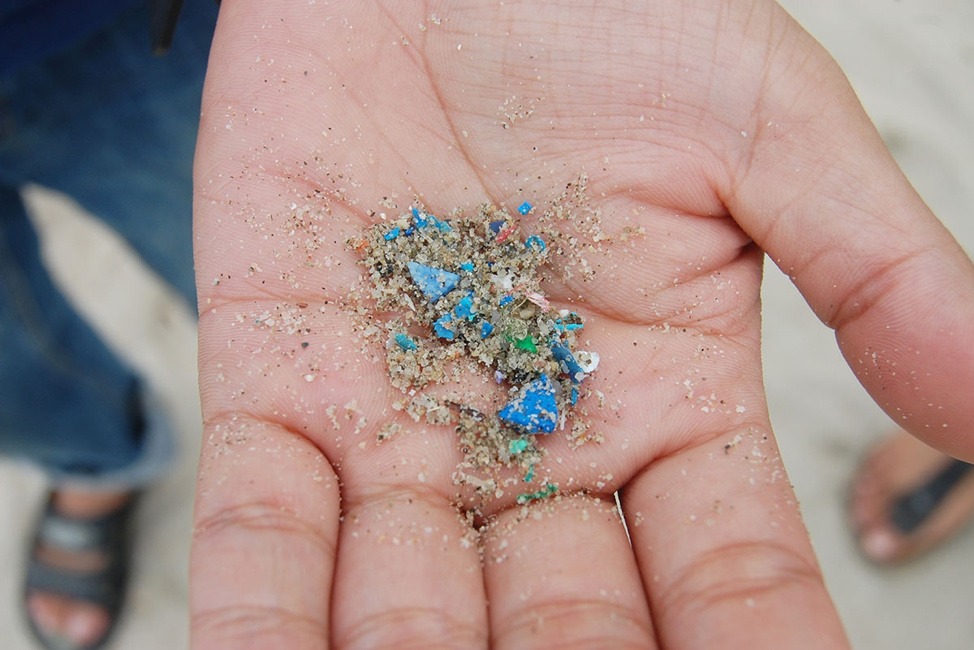Hi, Ahi – A Brief Introduction to the Many Tuna Species
Yellowfin tuna (Thunnus albacares) is often marketed as ahi, although ahi can also be used to refer to the closely related bigeye tuna (Thunnus obesus). Even though the scientific name for yellowfin includes the word “albacore” in it, the fish marketed as albacore tuna is actually a third species (Thunnus alalunga). Bluefin tuna (Thunnus thynnus), another commercially relevant tuna species, is the one that made waves in the early part of the century because it became endangered due to overfishing.
Yellowfin tuna feature bright yellow dorsal and anal fins, for which they are named (Fig 1). These tuna are predatory, dining on other fish, crustaceans, and squid that live in deep, offshore open waters. They can weigh up to four hundred pounds. In addition to their importance to commercial fishing, yellowfin tuna are also prized by sport fishers because they are so big, strong, and fast (Fig 2). Although they can be threatened by the largest and fastest marine hunters, like toothed whales and mako and great white sharks, their main predators are humans.

Ocean Acidification – A Recap of the Recap
If you caught my post in April, I talked a little bit about the process of ocean acidification. Essentially, as carbon dioxide builds up in the atmosphere, some of that excess CO2 gets dissolved in the oceans when particles from the atmosphere interact with the vast surface area of the world’s oceans. As CO2 dissolves, it reacts with water to form several chemical compounds that lower the pH of the water, thereby creating more acidic seawater. We’ve seen many posts here at Oceanbites about the impacts of acidification on marine organisms, especially on those which build their bodies using calcium. Calcified organisms depend on a particular pH in order to recruit calcium carbonate – the chemistry of the water is very important to them! However, most organisms can actually only tolerate a fairly narrow range in pH, making ocean acidification a threat not only to calcified organisms but also to many other species. In the current study, researchers found that acidic pH led to increased death rates and deformities in larval yellowfin tuna.

Manipulating Water pH to Study Larval Fish
Frommel and colleagues took newly-fertilized eggs from an established stock population of yellowfin tuna held at a laboratory on the Pacific Ocean side of Panama. One of the nice things about working on development in fish is that, under the right conditions, most species will breed almost continuously, providing the embryonic material needed to perform large-scale experiments. This isn’t the case for some other species that developmental biologists like to work with, like bats, which breed much less frequently. The fertilized tuna eggs were split into four groups and reared in water with the following pH levels:
- the current pH, pH 8.1
- a “near future” projection for the year 2100, pH 7.6
- a “far future” projection for the year 2300, pH 7.3
- a lowest projection for the Pacific, pH 6.9
The young fish were raised for nine days under these treatments, while key environmental factors like water flow, lighting, aeration, etc. were maintained at constant levels across all treatments.
Larvae from each treatment were sampled after seven and nine days and assessed for the level of cellular damage to several organs (including the liver, pancreas, kidneys, and eyes), as well as their feeding success (measured by the number of prey items in their gut).

Results
The researchers found significant tissue damage in larval tuna exposed to moderate and low pH (Fig 3). Damage was particularly severe in the pancreas and eye tissues. The survival rate of the larval fish dropped significantly at more acidic pHs (Fig 4). There was a distinct drop in survival rate even at a moderately acidic pH of 7.3. Fish in extremely acidic conditions died more and grew less. Fish reared under acidic pHs had emptier stomachs, although this trend was not statistically significant (Fig 5).

Conclusions
Ocean acidification is beginning to cause massive problems for species like corals and shellfish, but it’s also a direct threat to many other marine species, including the economically important yellowfin tuna. Acidification is a trend that is expected to continue for decades; as carbon dioxide continues to build in the atmosphere, the oceans slowly but inevitably absorb some of that carbon. All of the available evidence points to the idea that this trend will precipitate drastic changes in the oceanic ecosystem. The story is not all doom and gloom, since many organisms are highly adaptable even to drastic changes, as pointed out in this post about the genetic basis of silverside fish survival under acidic pH. But this study points out that adaptations will be important if species hope to develop normally under changing conditions.

Source
Frommel, A.Y; Margulies, D.; Wexler, J.B.; Stein, M.S.; Scholey, V.P.; Williamson, J.E.; Bromhead, D.; Nicol, S.; and Havenhand, J. 2016. Ocean acidification has lethal and sub-lethal effects on larval development of yellowfin tuna, Thunnus albacares. Journal of Experimental Marine Biology and Ecology 482: 18-24.
Questions? Comments? Please sound off below! I’d love to hear from you :)
I am a doctoral candidate in the Organismic and Evolutionary Biology program at the University of Massachusetts Amherst. I’m interested in how an individual’s genes and the environment in which it grows come together to determine its physical traits. I study a group of closely related freshwater fish called cichlids which live in the African rift lakes like Victoria, Malawi, and Tanganyika.

